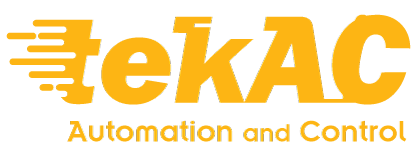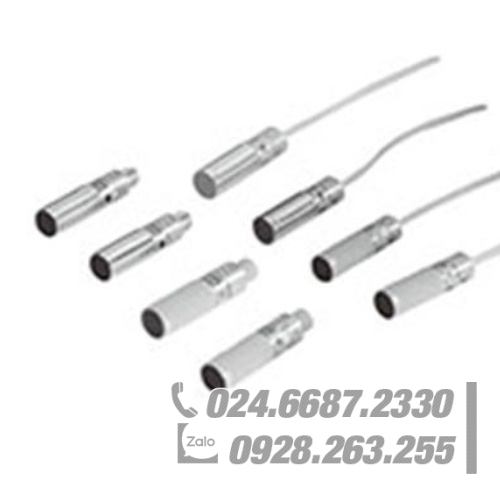proximity sensor
Omron proximity sensor E2Vseries
Expansion valveExpansion valveCarel electronic expansionvalves are designed to meet any cooling capacity
requirements up to 2000 kW in air-conditioning and
refrigeration applications, and stand out above all for
their excellent flow control, event at lower flow-rates.
Carel expansion valves have three main strengths:
1. Reliability over time: the standard design process usedfor the Carel ExV valves includes accelerated life testing of 1*106 cycles;
the valves are certified in accordance with the mainnational and international standards;
compliance with these standards guarantees maximum qualityof both the products and the manufacturing process,
as well as continuous commitment to improving the environmental management system.
2. Very precise control: this is guaranteed by Carel electronic controllers
guaranteeing flow with an equal percentage characteristic,
the stroke length, achieved by using stainless steel ball-bearings,
and the use of high precision mechanical components.
3. Perfect refrigerant tightness: despite the rotary motion of the motor,
the movable element does not rotate during movement.
This allows the use of a high quality Teflon seal,which rests gently on the valve seat, without any sliding.
To improve tightness of the seal,an elastic steel spring is fitted that pushes the movable
The energy accumulated by the spring in this stage gives additional energy to close the valve,
meaning tightness values that are comparable to those
provided by a traditional solenoid valve.
Finally,testing of 100% of the valves manufactured provides afurther guarantee of reliability over time and valve tightness,
and helps ensure operations with a reduced environmental impact.
with direct transmission from the rotor to the movable
element3 Use of high quality materials: stainless steel,
copper, brass, composites4 Perfect tightness when valve
closed5 Significant reduction in energy loss when starting
the system6 Very wide range of models and sizes available, to meet all systems requirements

